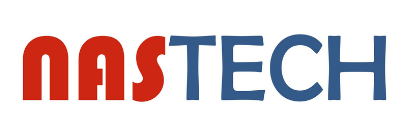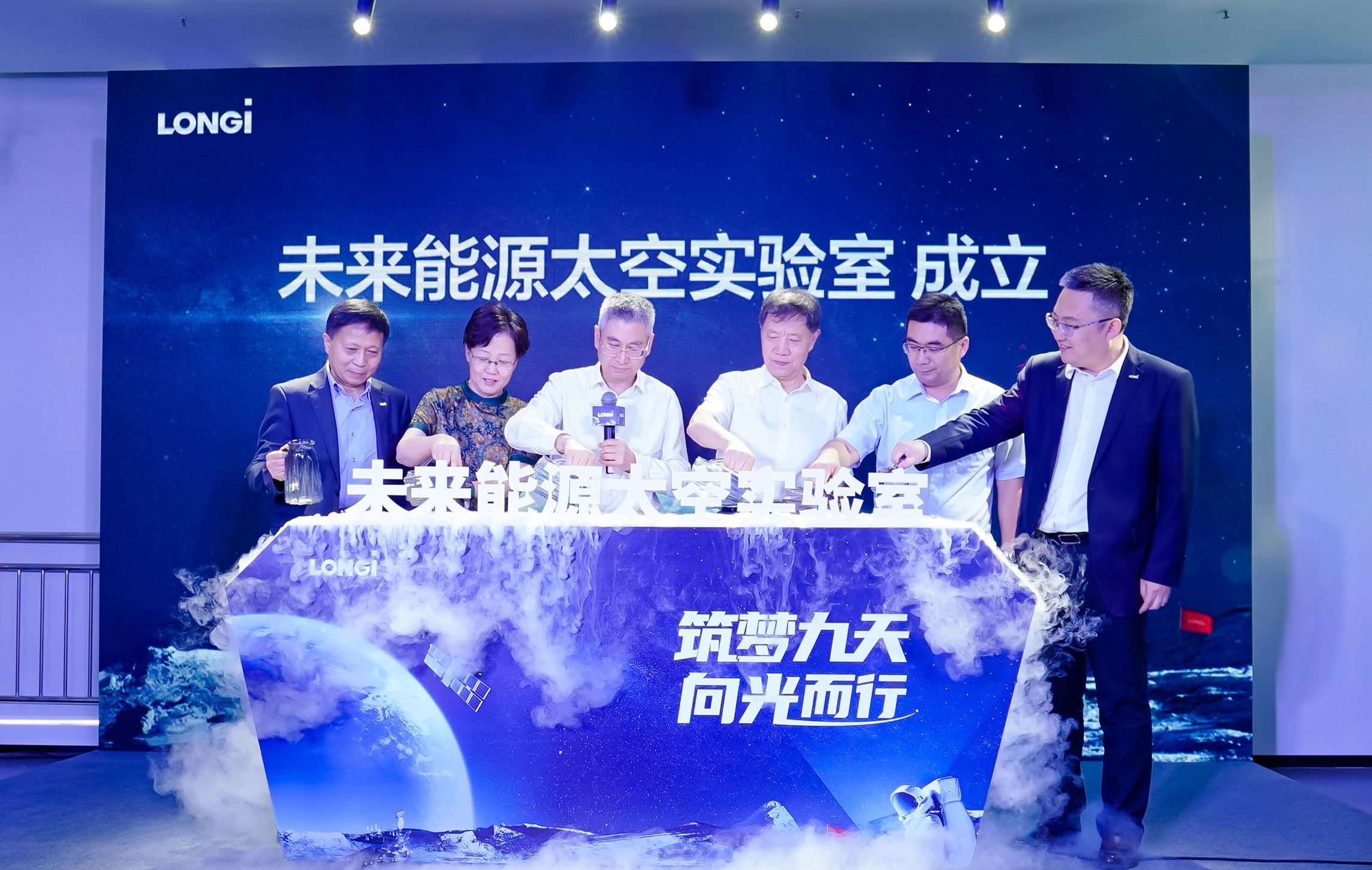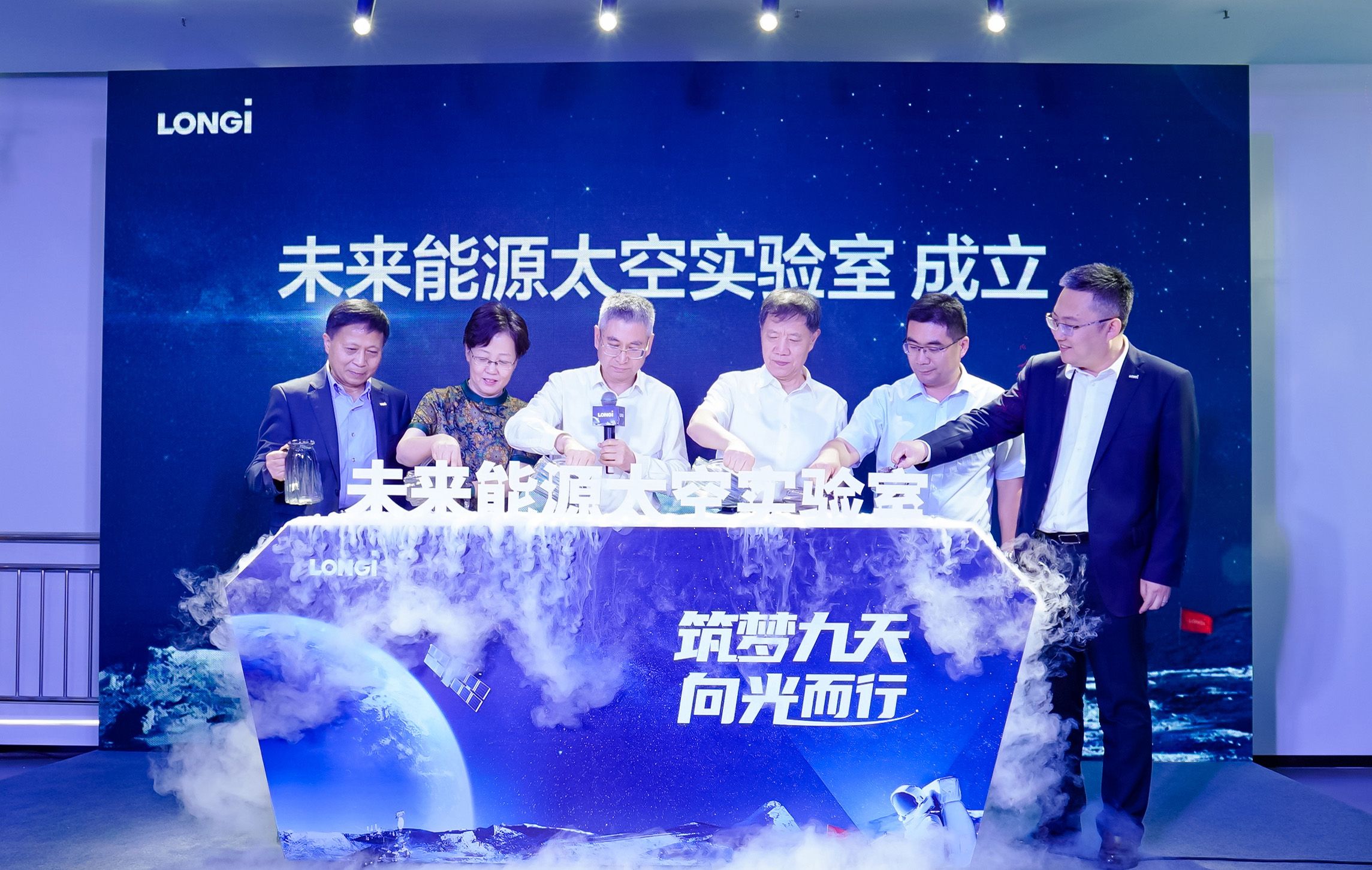New Solar Panel Technologies explained, N-type, HJT, TOPcon ...
In the world of solar energy, advancements in technology are continuously reshaping the efficiency and performance of solar panels. The past couple of years have witnessed a remarkable rise in the release of highly efficient solar panels by leading manufacturers. These panels are based on cutting-edge technologies like N-type HJT, TOPcon, and Back-contact (IBC) cells, which have revolutionized the solar industry.
Gone are the days when traditional Polycrystalline cells dominated the market. The spotlight now shines on monocrystalline N-type cells, which have taken center stage in driving solar innovation forward. Manufacturers are pushing the boundaries of efficiency, striving to offer consumers the best in solar panel technology.
SunPower has reclaimed its position at the top with the introduction of the new Maxeon 7 series, setting a new standard in efficiency. However, the competition is fierce, with emerging players like Aiko Solar making waves with their Black Hole series panels, boasting an impressive 23.8% module conversion efficiency through their unique ABC cell technology.
Not to be outdone, Recom Tech has unveiled their Black Tiger series, achieving 23.6% efficiency with their innovative TOPcon Back-contact cell architecture. LONGi Solar has also made significant strides with their Hi-Mo 6 Scientists series, based on a hybrid IBC cell design, known as HPBC.
Canadian Solar, REC, and Huasun Solar have joined the efficiency race, introducing next-generation panels powered by HJT cells that rival the renowned Maxeon series. The industry landscape is bustling with activity, as manufacturers like Jinko Solar, Trina Solar, Huasun, Phono, and JA Solar incorporate TOPCon and HJT cells into their high-performance panels.
Additionally, SPIC and Belinus are making waves with their IBC cell technology, while TW Solar, Astronergy, DAS Solar, Risen, and Qcells are leveraging N-type TOPCon cells to boost panel efficiency above 22%. It's evident that the solar industry is experiencing a renaissance of sorts, with manufacturers pushing the limits of efficiency and performance with each new release.
As consumers, these advancements mean more options and higher efficiency in harnessing solar energy for our homes and businesses. Keeping an eye on the latest developments from these leading manufacturers can help you make informed decisions when considering solar panel installations. While it may not be essential to always opt for the highest efficiency panels, staying informed about the latest technologies can be both useful and intriguing for those looking to invest in sustainable energy solutions.
Gone are the days when traditional Polycrystalline cells dominated the market. The spotlight now shines on monocrystalline N-type cells, which have taken center stage in driving solar innovation forward. Manufacturers are pushing the boundaries of efficiency, striving to offer consumers the best in solar panel technology.
SunPower has reclaimed its position at the top with the introduction of the new Maxeon 7 series, setting a new standard in efficiency. However, the competition is fierce, with emerging players like Aiko Solar making waves with their Black Hole series panels, boasting an impressive 23.8% module conversion efficiency through their unique ABC cell technology.
Not to be outdone, Recom Tech has unveiled their Black Tiger series, achieving 23.6% efficiency with their innovative TOPcon Back-contact cell architecture. LONGi Solar has also made significant strides with their Hi-Mo 6 Scientists series, based on a hybrid IBC cell design, known as HPBC.
Canadian Solar, REC, and Huasun Solar have joined the efficiency race, introducing next-generation panels powered by HJT cells that rival the renowned Maxeon series. The industry landscape is bustling with activity, as manufacturers like Jinko Solar, Trina Solar, Huasun, Phono, and JA Solar incorporate TOPCon and HJT cells into their high-performance panels.
Additionally, SPIC and Belinus are making waves with their IBC cell technology, while TW Solar, Astronergy, DAS Solar, Risen, and Qcells are leveraging N-type TOPCon cells to boost panel efficiency above 22%. It's evident that the solar industry is experiencing a renaissance of sorts, with manufacturers pushing the limits of efficiency and performance with each new release.
As consumers, these advancements mean more options and higher efficiency in harnessing solar energy for our homes and businesses. Keeping an eye on the latest developments from these leading manufacturers can help you make informed decisions when considering solar panel installations. While it may not be essential to always opt for the highest efficiency panels, staying informed about the latest technologies can be both useful and intriguing for those looking to invest in sustainable energy solutions.



